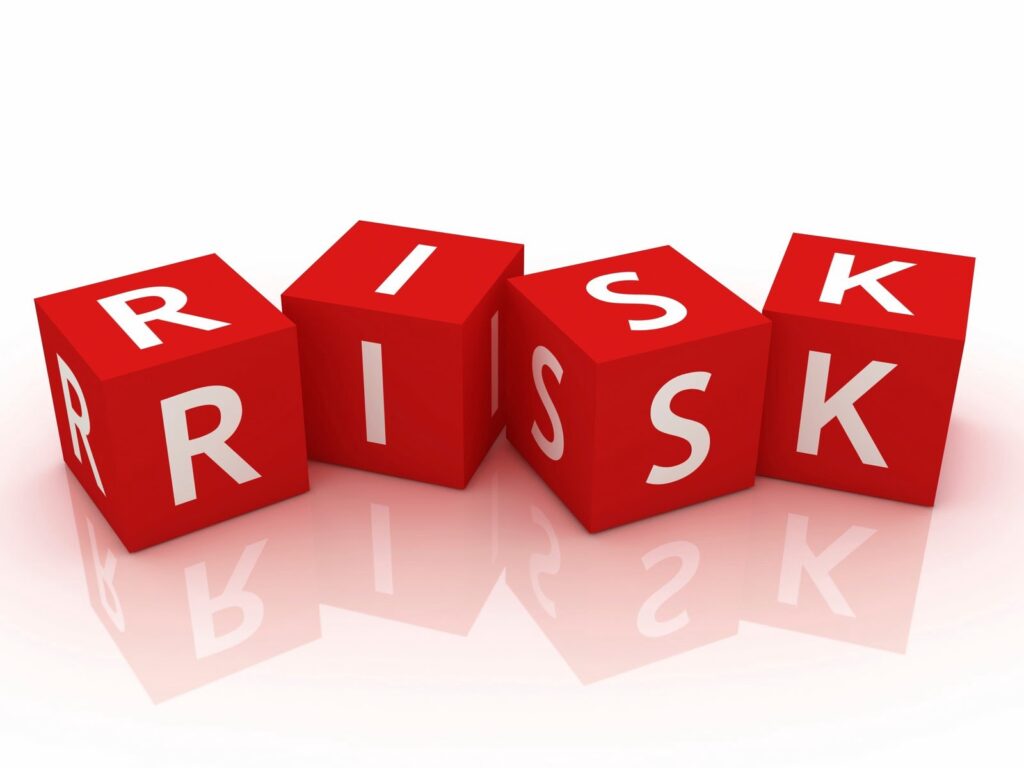How much risk are American citizens willing to accept in order to go back to work again and to re-start the economy? This question will be debated a lot over the next days and weeks and will determine what our economy will look like.

Americans and Risk
Americans have historically been risk-takers. Think about the early settlers. 45% of the Mayflower Pilgrims died during their first winter in Massachusetts. Only 60 of 500 Jamestown colonists survived the winter of 1609-1610. Then think about those who ventured westward to settle the continent. Survival was anything but guaranteed. While we are probably less likely to undertake these levels of risks, we recall this part of our country’s history and understand that risk is part of life. Nothing ventured, nothing gained.
Coronavirus
Fast forward to today and the Coronavirus epidemic and related economic shutdown. The difference between the Early Settlers and today is that, while you might not believe or even care that you might get sick, you might infect someone else who does care, so these are not apples-to-apples comparisons. However, let’s do the exercise anyhow. How do you feel about reopening the economy? The completely risk-averse position is not to want to leave your house until there is a vaccine. The risk-accepting position is to go back to the way things were 60 days ago, with no restrictions – no “social distancing”, no facemasks, no required testing. Most people are probably somewhere in between. The exact point of where in between will be the result of the ensuing debate.
IMO
I think most citizens will accept more risk than the government and most political leaders will allow. Over time, our citizens have been regulated and lawsuited into accepting less and less risk. Safety has taken precedence over accomplishments. My concern is that this trend will accelerate with respect to this pending economic reopening. It would be nice to have a vaccine in place and know a lot more about the behavior and traits of Coronavirus before reopening the economy, but the unemployment rate is exploding and the task is urgent. We also don’t necessarily have to establish all of the rules on Day 1 prior to reopening. As the rules have changed as the Coronavirus threat has worsened, so too can the rules change as the threat lessens. Also, let’s not forget that the purpose of “flatten the curve” was to keep the healthcare system from being overrun, not to prevent everyone from being infected. Don’t move the goalposts on us. The curve seems to be flattening. Moreover, non-Coronavirus medical usage is down, so parts of the healthcare system have a lot of capacity. If the curve is flattening and remains so, then let’s get on with life. If most citizens agree with this thinking, then the future will include economic growth, and people can cautiously step out into the working and investing minefields again.
